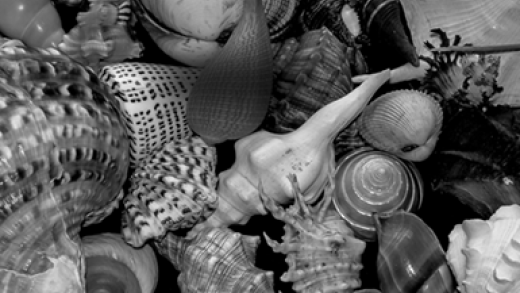
David J. FitzGerald, Ph.D.
- Center for Cancer Research
- National Cancer Institute
- Building 37, Room 5124
- Bethesda, MD 20892-4255
- 240-760-7838
- fitzgerd@mail.nih.gov
RESEARCH SUMMARY
The Biotherapy Section develops therapeutic antibodies for treating cancer, especially antibody-drug conjugates. Currently, we target the Epidermal Growth Factor Receptor on cancer cells. We also explore cell death pathways.
Areas of Expertise

David J. FitzGerald, Ph.D.
Research
Toxin-Based Treatment of Cancer and Vaccine Development
Bacterial protein toxins are profoundly damaging for mammalian cells. Interestingly, a subset of these toxins interact with very well-conserved and universally expressed cellular proteins. Among the toxins exhibiting these characteristics are Pseudomonas exotoxin (PE) and diphtheria toxin (DT), both of which inhibit protein synthesis. By removing either toxin's binding domain and replacing it with sequences encoding recombinant antibodies or ligands that bind cell surface receptors, it has been possible to make novel fusion proteins termed "recombinant immunotoxins".
Immunotoxins are targeted to kill cancer cells expressing particular surface antigens or receptors. PE binds and enters cells using the low-density lipoprotein receptor-related protein (LRP) as its surface receptor. The toxin is delivered to an acidic endosomal compartment where it is cleaved by a furin-like protease to generate two large fragments. The N terminal fragment (28 kD) of PE is comprised primarily of the toxin's binding domain, while the C terminal fragment (37 kD) has the ADP-ribosylating activity and is translocation-competent. Translocation requires the reduction of the disulfide bond linking the two fragments and also the presence of a KDEL-like sequence at the C terminus.
Currently, we are trying to understand the mechanism of cell-mediated toxin reduction. Our preliminary data indicate that furin-cleaved toxin must be unfolded before reductants can gain access to a key disulfide bond linking cyteines 265 and 287. Several projects are under way that use toxin sequences for the development of therapeutic agents. To produce Pseudomonas vaccine for cystic fibrosis patients, we are using nonlethal PE as an immunogenic carrier for the C terminal loop of pilin. Neuropeptides, including substance P, conjugated to truncated PE are being used to target neurons involved in the transmission of chronic pain signals.
Investigations into the pathogenic mechanism of Pseudomonas aeruginosa have been extended to include: studies of pilin-mediated adhesion to epithelia, the secretion of exoproducts such as amino peptidase (PA2939) and the regulation of gene expression by small non-coding RNAs.
Collaborators
Collaborators on these projects include Guojun Bu, Washington University, St. Louis; Marion McKee, ATCC; Susan Gottesman, NIH; Mike Vasil, University of Colorado, Denver; Ralf Hertle, Institute for Microbiology, Turbingen, Germany; Mike Iadarola, NIH; and Randall Mrsny, Trinity Biosystems, Inc.
Publications
- Bibliography Link
- View Dr. Fitzgerald's PubMed Summary.
Minimal residual hairy cell leukemia eradication with moxetumomab pasudotox: phase 1 results and long-term follow-up
Whole-genome RNAi screen highlights components of the endoplasmic reticulum/Golgi as a source of resistance to immunotoxin-mediated cytotoxicity
Chemical Screens Identify Drugs that Enhance or Mitigate Cellular Responses to Antibody-Toxin Fusion Proteins
Tofacitinib suppresses antibody responses to protein therapeutics in murine hosts
ABT-737 promotes the dislocation of ER luminal proteins to the cytosol, including Pseudomonas exotoxin
Biography

David J. FitzGerald, Ph.D.
Dr. Fitzgerald is head of the Biotherapy Section, Laboratory of Molecular Biology, in the NCI. He received his Ph.D. in 1982 from the University of Cincinnati Medical School, Department of Microbiology. The focus of his Ph.D. dissertation was the endocytic uptake of Pseudomonas exotoxin. He has a longstanding interest in bacterial toxins and their use as therapeutic agents.
Job Vacancies
We have no open positions in our group at this time, please check back later.
To see all available positions at CCR, take a look at our Careers page. You can also subscribe to receive CCR's latest job and training opportunities in your inbox.

